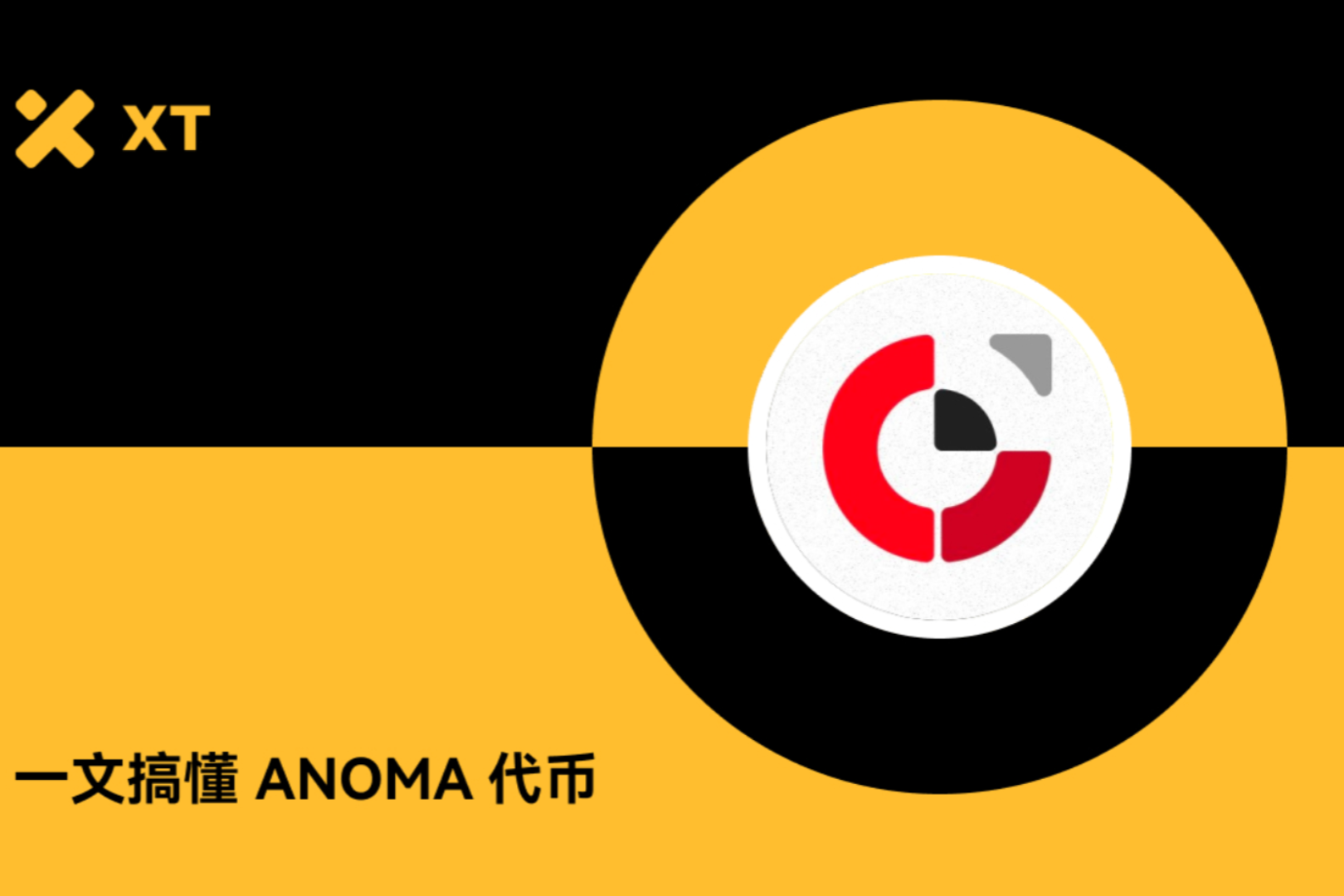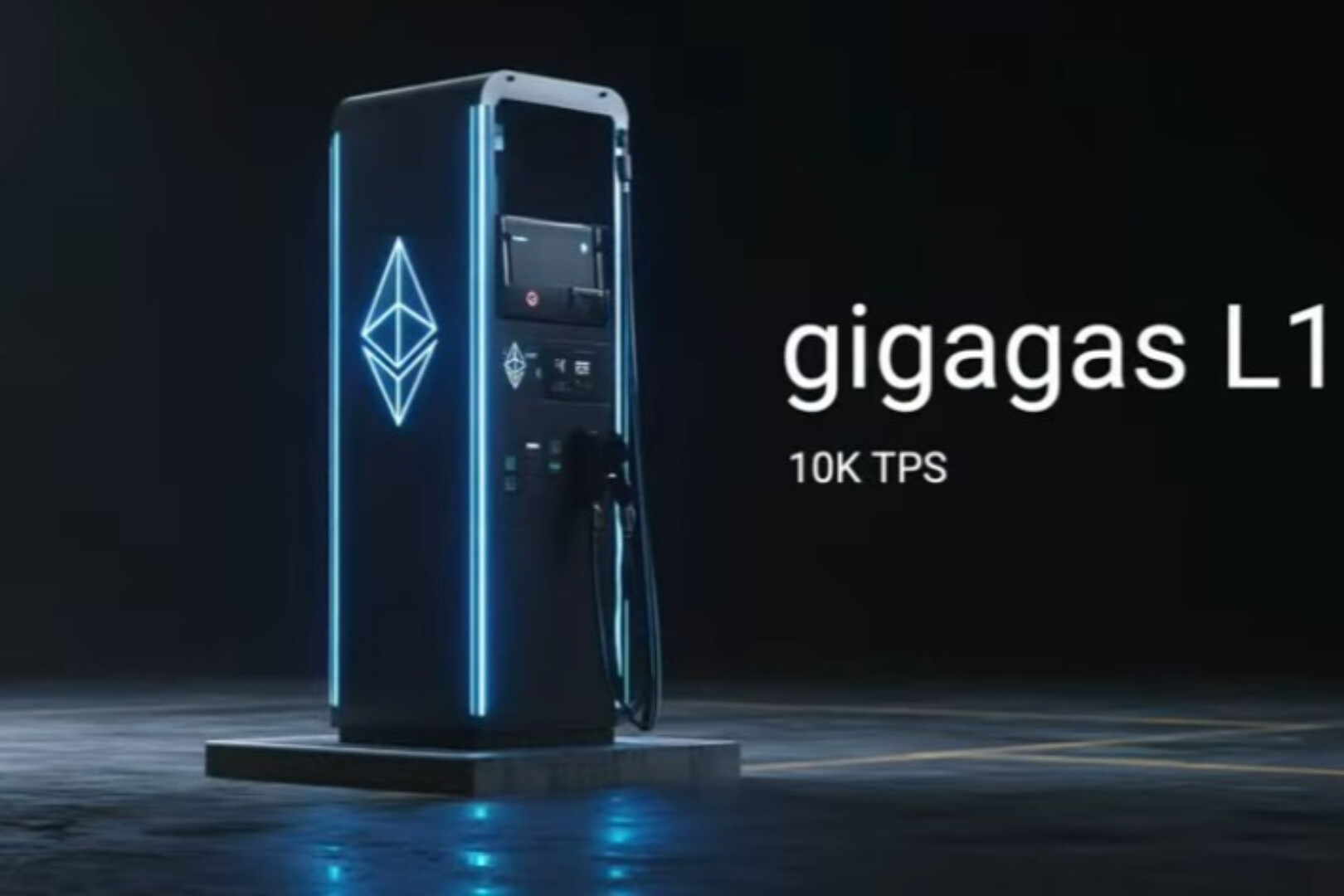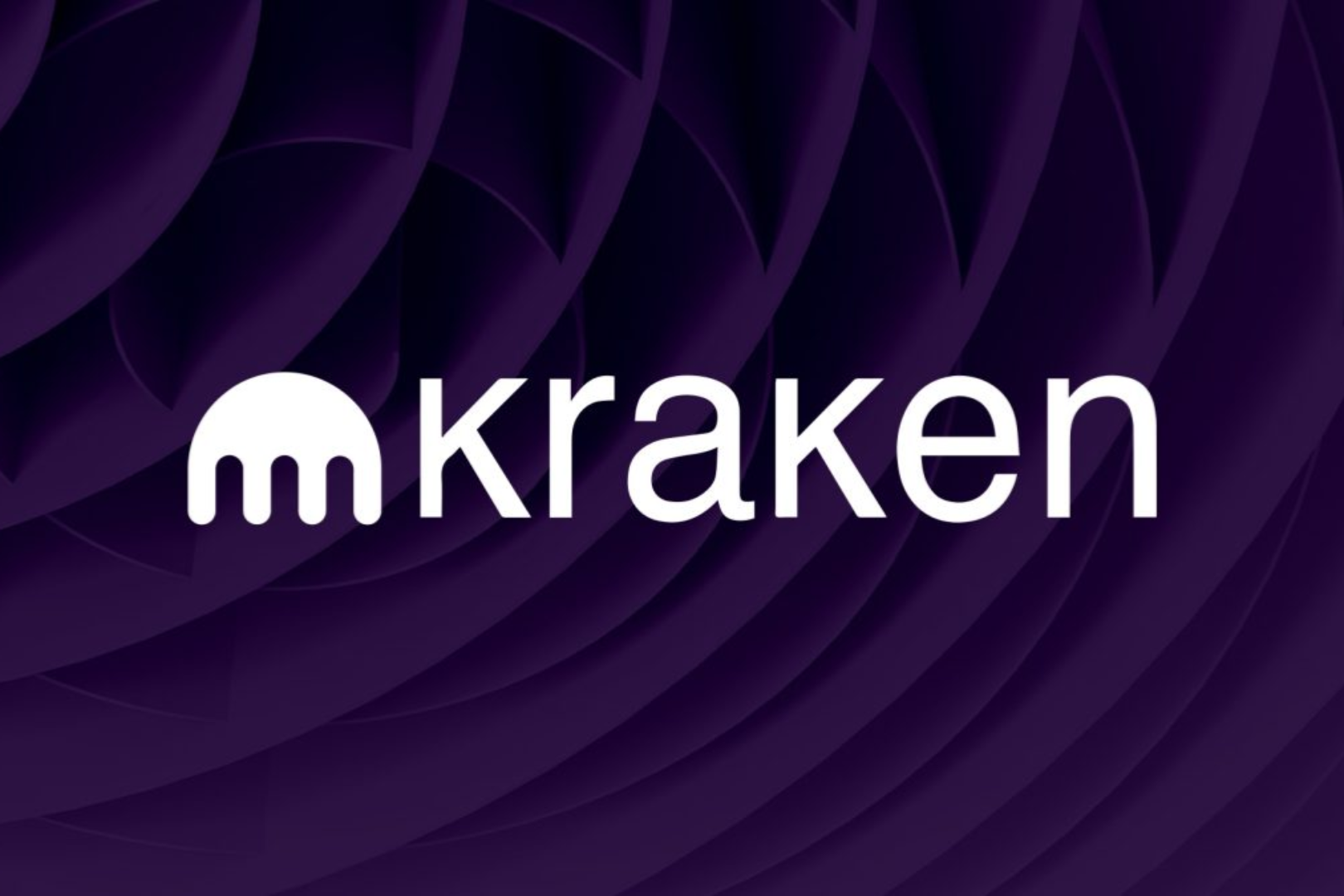
Introduction
Introduction
KyberAPR is ideal for token teams wanting to list their tokens and individuals wanting to leverage their large token holdings.
For the same price range and inventory, Kyber's APR can provide more liquidity, better slippage, and the ability to provide more transaction volume than other platforms.
A number of major token teams have built APRs, including Synthetix, Melon, DAOstack, and Gnosis.
APR provides reserve managers with: a) Liquidity for nearly 100 integrated platforms b) Market profit per transaction c) Saving money and resources through efficient use of token inventory
As of 2019, Kyber has performed extremely well, facilitating over $500 million in transactions across 600,000 fully on-chain transactions. We are now the most used DeFi liquidity protocol in terms of users, with the most integrations and the highest average monthly transaction volume.Before that, we explainedbridge reserve
And how they help Kyber become a single liquidity endpoint for all on-chain use cases, especially DeFi applications. In this post, we will explain how token teams and large token holders can contribute liquidity directly to Kyber using the Kyber APR (Automated Price Reserve), a method effectively utilized by teams such as Synthetix and Melon.First, let's start with a brief overview of the Kyber protocol and reserve system. We then explain the mechanics behind APRs and how they differ from other automated on-chain market makers. This will explain why, compared to other platforms,。
Providing liquidity on Kyber is the most efficient way for token teams and individuals to use token inventory
Kyber Protocol Basics
Kyber is a fully on-chain protocol designed with the unique ability to support advanced pricing models and meet the needs of decentralized finance DApps, yet be simple to integrate into smart contracts.
Compared to off-chain or hybrid/semi-off-chain models like 0x, Kyber's fully on-chain design allows seamless integration with DApps that need to interact with complex smart contracts. In a hybrid model, using smart contracts is very challenging, making it unsuitable for more complex DeFi use cases. Since Kyber's matching engine is fully on-chain, all transaction data is transparent, allowing anyone to verify that the recipient has the best exchange rate. In the case of a hybrid model with off-chain matching, what you see may not be what you get.
To provide on-chain liquidity to recipients, Kyber uses a "request for quote" system that combines multiple liquidity providers (called "reserves") into a single endpoint. Depending on the recipient's request, the protocol will request the best offer from a large number of different reserves. This ensures that on-chain recipients will always receive the best exchange rate.
Three key factors: full on-chain liquidity, full transparency and verifiability, and liquidity aggregation are the main reasons why most mainstream DApps (especially DeFi apps) use Kyber as their single liquidity endpoint.
Kyber Reserve
Kyber currently has more than 40 reserves. There are mainly 3 types of reserves: the first two types, Automated Price Reserve (APR) and Price Supply Reserve (FPR), are Kyber-specific liquidity providers, while bridge reserves are provided from other chain providers (like Uniswap, Oasis, and Bancor) to access liquidity.In this article, we will introduce。
Automated Price Reserve (APR)
Advantages of APR (Automated Price Reserve)
Ideal for token teams wanting to list their tokens and individuals wanting to leverage their large token holdings, KyberAPR is designed with ease of maintenance in mind. Many top token teams have listed their tokens on Kyber by setting APR, including Synthetix, Melon, DAOstack, and Gnosis.
this article
Why should token teams and individual holders contribute liquidity through Kyber APR?
KyberAPR offers many benefits to liquidity providers. In addition to providing the listed tokens with a lot of exposure to the DeFi ecosystem, APR also efficiently utilizes token inventory, which ultimately ensures better liquidity and spreads and lower slippage than other platforms. Even for large orders. Below we highlight 3 major advantages of APR.
1. Provide liquidity for the entire decentralized ecosystem
Kyber is the most widely used DeFi protocol with the highest number of users and integrations, especially for DeFi applications. By providing liquidity on Kyber, token price discovery becomes possible, and your token will be exposed to nearly 100 DApps in the Kyber ecosystem. Additionally, Kyber's protocol is market-tested, successfully facilitating over $500 million in transactions and 600,000 transactions across the entire chain (Ethereum).
2. Market profit per transaction
Another key reason for providing liquidity on Kyber is the opportunity for APR to profit from each trade. As a reserve, you can buy tokens elsewhere at a lower price, then set fee percentage markups to profit on Kyber.
example
Ren (REN) APR was established at the end of January 2019. So far, it has earned about 181.8 ETH ($48,555 USD when ETH was $267) from fees.
*estimate. Profitability also depends on token demand, price, liquidity, and popularity in a given scenario. Data can be verified on-chain.
Katalyst rebates for Kyber-only reserves
Once the Katalyst protocol upgrade goes live, a portion of the total network fees collected will be used to incentivize reserves, depending on the transaction volume they bring to the network. This incentive model for market makers, which is applicable to both APR and FPR reserves, is called rebates in traditional finance.
Additionally, reserves (including APR) no longer need to maintain KNC fee balances, removing a major point of friction, reducing costs, and greatly simplifying reserve operations.
3. Efficient use of token inventory to save resources
Kyber’s APR is ideal for token teams looking to provide liquidity on-chain.
Token teams providing liquidity to typical AMM (automated market maker)-style liquidity pools (such as Uniswap or Bancor) may end up having their tokens "unlimited priced" by the AMM algorithm. In other words, with a standard AMM model, a portion of token inventory is inefficiently allocated to price points that the market doesn't need and is unlikely to be hit in the short term.
for reference only. Not shown to scale.In contrast, for the same price range and inventory, Kyber's APR can provideMore Liquidity, Better Slippage and Larger Volumes
. For example, a transaction for 1 ETH may change the price by 1% on Kyber APR, while for the same amount on a different platform, the price may change by 2%. In this case, Kyber will be able to host more than 2 times the transaction volume.
for reference only. Not shown to scale.
Kyber’s APR gives token teams the flexibility to price tokens within a specific, self-set price range. The trade-off is that the APR reserve must rebalance its token inventory once the token price exceeds a floor or ceiling set by the reserve manager.
Comparison of Capital Utilization (Example)
Note that these examples are for illustration purposes only.
1. Support 50–200% token price movement
a) Slippage comparison assuming the same ETH stock size
b) Assuming we want to achieve the same level of slippage, ETH inventory required for each platform
2. Supports 90-110% of token price movements (e.g. low-volatility stablecoin pairs)
The benefits of APR are especially prominent for stablecoin pairs with less price volatility like DAI or USDC. For example, the same token stock that was supposed to back a 50% drop is now used for a 10% drop due to the modest price movement. This means lower slippage and ETH inventory required for APR.
a) Slippage comparison assuming the same ETH stock size
b) ETH inventory required by the platform assuming we want to achieve the same level of slippage
Get started with APR
As mentioned above, Kyber’s APR offers liquidity providers a number of advantages. If you are a token team planning to list your token or an individual token holder who wants to leverage your spare token holdings, we recommend that you contribute to Kyber’s liquidity via APR. To get started, get in touch with us on Telegram (https://t.me/kybernetwork)! You can also find all the necessary documentation here: https://developer.kyber.network/docs/Reserves-Intro/, and your token must be an ERC20 utility token.
Towards a single liquidity endpoint for DeFi
Decentralized finance requires decentralized liquidity. Kyber already supports more than 70 tokens, and we expect Katalyst protocol upgrades and incremental optimizations of APR, FPR, and other reserve types to enhance our ability to connect and aggregate decentralized liquidity for DeFi use cases.This will further push Kyber towards being able to provide recipients and DAppsA single endpoint for its on-chain liquidity






